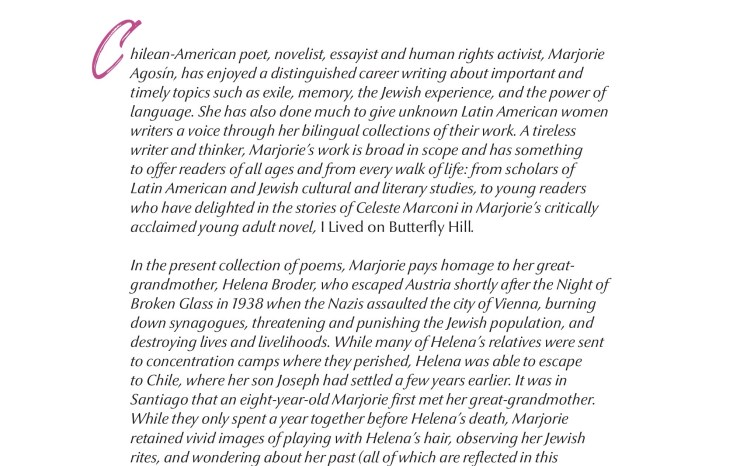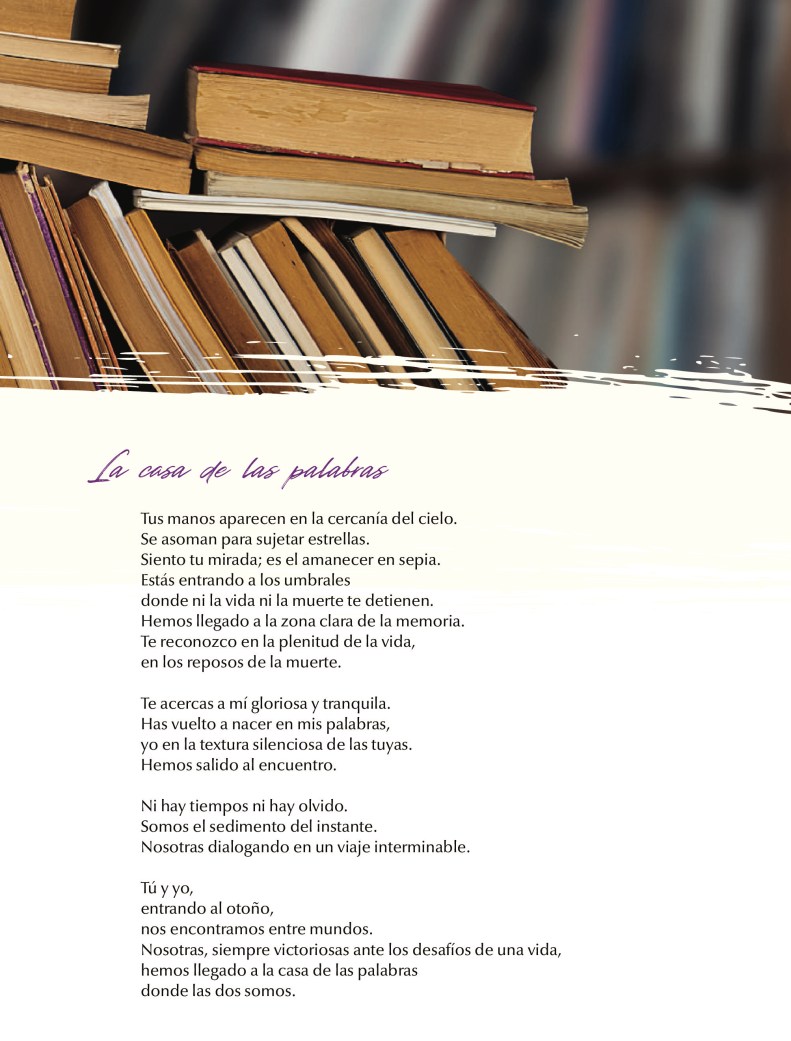

Thea Segall
_____________________________________________
Thea Segall (Rumania, 1929 – Caracas, 2009) fue fotógrafa y editora de libros. Se inicia en la práctica fotográfica a la edad de 19 años como reportera gráfica de la Agencia Internacional de Noticias AgerPres, en Bucarest (1949-1957). Llega a Venezuela en 1958, con una solida formación fotográfica que le permite abordar varios géneros fotográficos desde el Studio Thea: fotos carné, primeras comuniones, retratos, eventos familiares, ceremonias de la comunidad judía, fotografía científica en el Instituto Venezolano de Investigaciones Científicas (1964–1970), registros de temas corporativos, actividades mineras, petroquímicas e hidroeléctricas para las industrias básicas del Estado, al sur del territorio venezolano (1980-2007) y representaciones de contenido etnográfico que forma parte y definen su discurso autoral. Particularmente, Segall se detiene en procesos artesanales de elaboración de alimentos (arepa y casabe), medios de transporte (curiara y carpintería de ribera), instrumentos musicales (tambor), proceso de hilado, cestería, alfarería, en áreas rurales de los Andes y en Barlovento (afro-venezuela). Representa también la arquitectura y los trabajos manuales que realizan las mujeres en comunidades indígenas (yekuana, yanomami, piaroa y wayúu). Vertebra sus registros fotográficos en secuencia que poseen un inicio, se desarrollan y finalizan, apuntando a una representación temporal con cualidades de narración visual. Organiza cuerpos de trabajo afines al género fotolibro que denominó “fotosecuencias” en la trilogía: El casabe, La curiara y El tambor (1988). Como editora Segall publicó, además, veinte libros con diferentes tópicos. Sus fotografías ilustran textos antropológicos, entre ellos Religions et magies indiennes d’Amérique du Sud de Alfred Metreaux (Bibliotèque des Sciences Humaines, París, 1967) y Los warao de María Matilde Suérez (IVIC, 1968), entre otros. Bajo su propio sello editorial, “Imagen y Huella”, imprime compendios sobre la vida y obra de científicos y humanistas venezolanos (1981-1988). Su sólida trayectoria no sólo se refleja en temas etnográficos, sino también en una amplia documentación corporativa y en el registro de fotografías para pasaportes, retratos o conmemoraciones. Su vastísima obra está recopilada en el libro Luz de Venezuela (1978).
_________________________________
Thea Segall (Romania, 1929 – Caracas, 2009) was a photographer and book editor. She began her photography practice at the age of 19 as a photojournalist for the International News Agency AgerPres, in Bucharest (1949-1957). She arrived in Venezuela in 1958, with a solid photographic training that allowed him to approach various photographic genres from the Thea Studio: passport photos, first communions, portraits, family events, ceremonies of the Jewish community, scientific photography at the Venezuelan Institute of Scientific Research ( 1964–1970), records of corporate issues, mining, petrochemical and hydroelectric activities for the basic industries of the State, in the south of Venezuelan territory (1980-2007) and representations of ethnographic content that are part of and define his authorial discourse. Particularly, Segall focuses on artisanal processes of food preparation (arepa and casabe), means of transportation (curiara and riverside carpentry), musical instruments (drum), spinning process, basket weaving, pottery, in rural areas of the Andes and in Barlovento (Afro-venezuela). It also represents the architecture and manual work carried out by women in indigenous communities (Yekuana, Yanomami, Piaroa and Wayúu). She structures his photographic records in sequence that have a beginning, develop and end, pointing to a temporal representation with qualities of visual narration. He organizes bodies of work related to the photo book genre that he called “photosequences” in the trilogy: El casabe, La curiara and El tumba (1988). As editor, Segall also published twenty books with different topics. His photographs illustrate anthropological texts, including Religions et magies indiennes d’Amérique du Sud by Alfred Metreaux (Bibliotèque des Sciences Humaines, Paris, 1967) and Los warao by María Matilde Suérez (IVIC, 1968), among others. Under his own publishing imprint, “Imagen y Huella”, he prints compendiums on the life and work of Venezuelan scientists and humanists (1981-1988). His solid career is not only reflected in ethnographic themes, but also in extensive corporate documentation and in the registration of photographs for passports, portraits or commemorations. His vast work is compiled in the book Luz de Venezuela (1978).
____________________________________________

Exposición de fotos de las sinagogas de Venezuela/Exhibition of Photos of the Synagogues of Venezuela
_______________________________________________________
La selva de Venezuela/The rainforest of Venezuela

_______________________________________________________
Los indigenas de Venezuela/Indigenous peoples of Venezuela















______________________________________________




















































































































































































